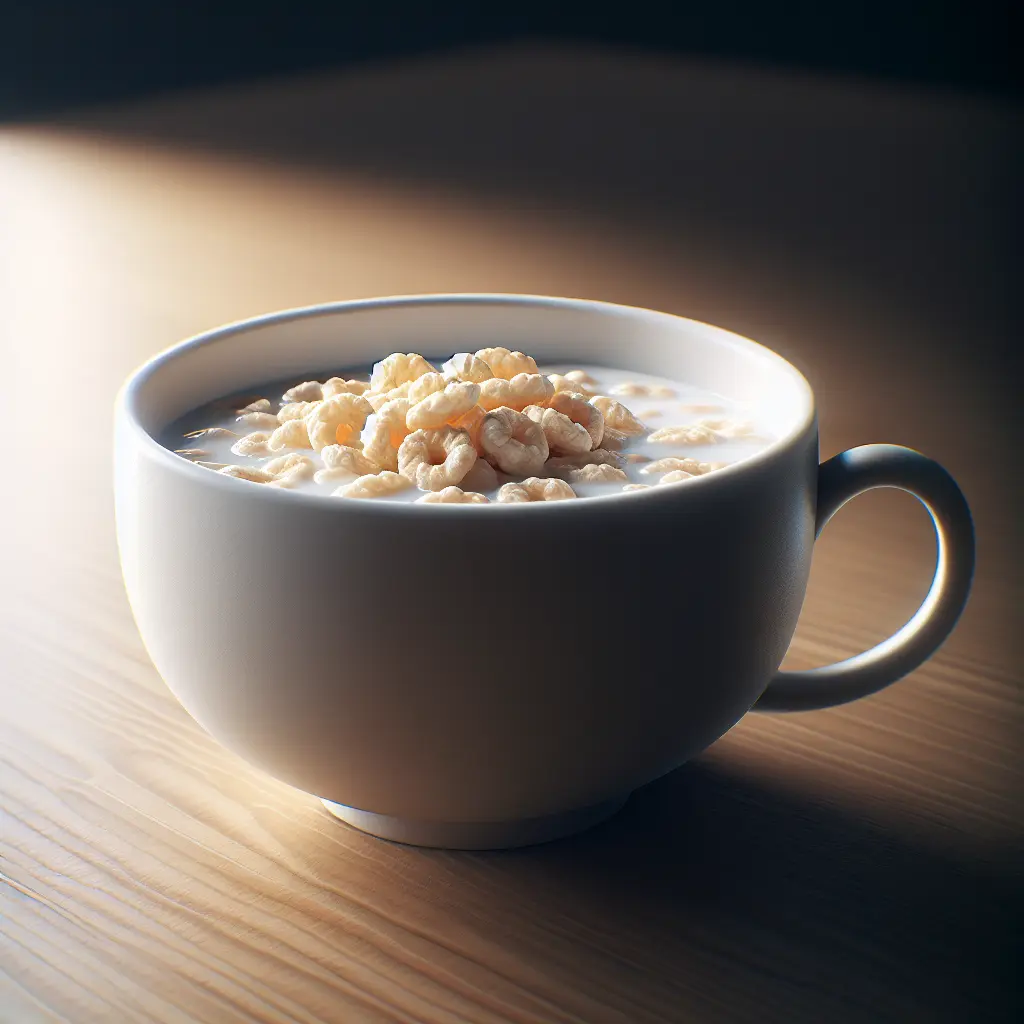Rice Cereal: A Staple Food with Remarkable Nutritional Value
Rice cereal, derived from finely ground rice grains, is a versatile and nutrient-rich food that has been a staple in various cultures for centuries. It is a low-calorie food, containing only 110 calories per serving, making it a suitable choice for weight management or maintaining a healthy weight.
Despite its low calorie content, rice cereal is surprisingly rich in essential nutrients. It provides a significant amount of carbohydrates, approximately 25 grams per serving, which serve as the primary source of energy for the body. Additionally, rice cereal contains 2 grams of protein, contributing to muscle growth and repair, and 0.6 grams of fat, primarily unsaturated, which supports hormone production and cell function.
Health Benefits of Incorporating Rice Cereal into Your Diet
1. Rich in Essential Vitamins and Minerals:
- Rice cereal is an excellent source of B vitamins, including niacin, thiamin, and riboflavin, which are crucial for energy metabolism and nervous system function.
- It also provides iron, an essential mineral for red blood cell production and oxygen transport.
2. Supports Digestive Health:
- Rice cereal contains a small amount of fiber, approximately 0.1 grams per serving, which contributes to digestive regularity and gut health.
3. Gluten-Free and Hypoallergenic:
- Unlike wheat-based cereals, rice cereal is naturally gluten-free, making it a suitable option for individuals with celiac disease or gluten intolerance.
- It is also hypoallergenic, making it a safe choice for infants and individuals with food allergies.
Versatility of Rice Cereal in Culinary Applications
Rice cereal's versatility extends beyond its nutritional value. It serves as a versatile ingredient in various culinary applications:
-
Breakfast Staple:
-
Rice cereal is a popular breakfast option, often paired with milk, yogurt, or fruit for a nutritious and filling start to the day.
-
Thickening Agent:
-
The starch content in rice cereal makes it an effective thickening agent for sauces, soups, and gravies. It adds body and texture without overpowering the flavors of other ingredients.
-
Breading and Coating:
-
Crushed rice cereal can be used as a crispy and flavorful coating for fried foods, such as chicken or fish. It creates a golden-brown exterior while maintaining the tenderness of the meat.
-
Baking Ingredient:
-
Rice cereal can be incorporated into baked goods, such as muffins, cookies, and bread, adding a subtle nutty flavor and a chewy texture.
Conclusion
Rice cereal is a wholesome and convenient food that offers a multitude of health benefits and culinary applications. Its low calorie content, high nutritional value, and versatility make it an ideal choice for individuals seeking a balanced and nutritious diet. Whether enjoyed as a breakfast staple, incorporated into recipes, or used as a thickening agent, rice cereal is a versatile and beneficial addition to any pantry.
How many calories are in Rice Cereal?
Each 1 cup of Rice Cereal contains 110 calories.
Rice Cereal Nutritional Information
| Nutrient | Amount per 1 cup (29g) |
|---|---|
| Calories | 110 Calories |
| Protein | 2g |
| Fat | 0.6g |
| Saturated Fat | 0.1g |
| Cholesterol | 0mg |
| Carbohydrates | 25g |
| Dietary Fiber | 0.1g |
| Sugar | 2.9g |
| Sodium | 0.153mg |
| Potassium | 0.0363mg |
| Calcium | 0.0015mg |
| Iron | 0.0088mg |
